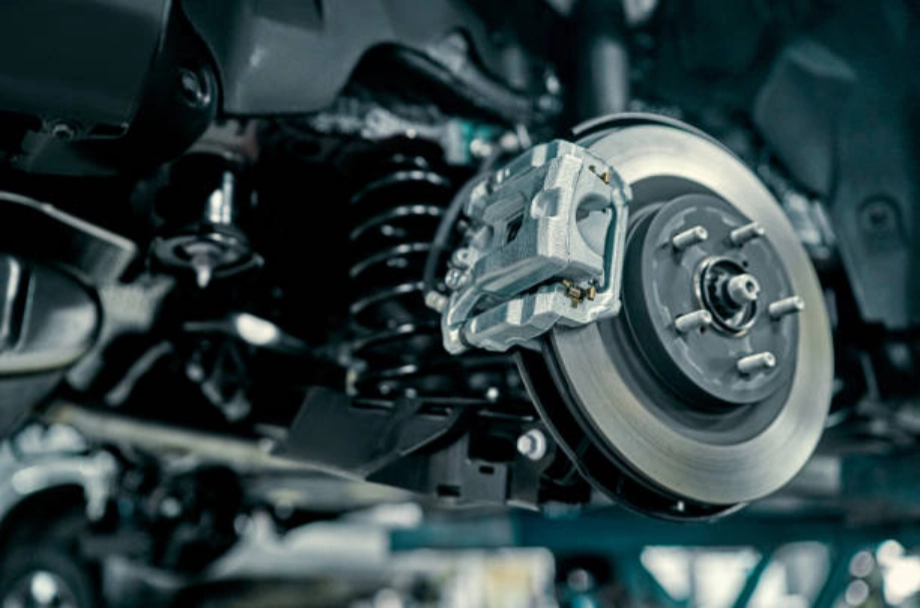Brake Wear – A Hidden Source of Gases

As exhaust emissions from vehicles have decreased, non-exhaust emissions such as brake wear have become an increasingly important source of particulate pollution. A new study from KTH and Stockholm University shows that NAO pads emit high levels of gases.
Emissions of volatile organic compounds (VOCs) from brake wear have so far received little attention compared to other traffic-related emissions. In a new study, researchers from KTH and Stockholm University investigated VOC emissions from two common types of brake pads: low-metallic (LMCF) and nonasbestos organic (NAO).
The results show that nonasbestos organic pads emit higher levels of VOCs than low-metallic ones. The researchers identified over 200 different chemical compounds, with siloxanes being particularly typical of NAO. The study also shows that the formation of ultrafine particles was always preceded by increased gas emissions – strengthening the hypothesis that these particles are formed through condensation and agglomeration of VOCs.
Gaseous emissions increased proportionally with mechanical load or disc temperature. Particles formed at temperatures as low as 120°C. This contradicts previous assumptions that gas emissions occur only during extreme braking situations.
Implications for Environment and Health
NAO pads, often marketed as environmentally friendly, were found to emit higher levels of potentially harmful gases compared to other pad types. This study is the first to compare these two materials in terms of gaseous emissions under simulated urban traffic conditions.
"In the new Euro 7 legislation, which sets limits for particle emissions from cars and trucks, only the particle mass emitted from brakes is regulated. This may lead to the introduction of new materials and technologies that reduce particle mass but at the same time emit more gaseous emissions that can potentially be more harmful to health and the environhemt", says Ulf Olofsson , Professor at the Department of Engineering Design at KTH.
Future research should evaluate emissions in both gas and particle phases and develop more realistic testing methods to better assess the true environmental impact of brake materials.
Text: Rita Nõu
